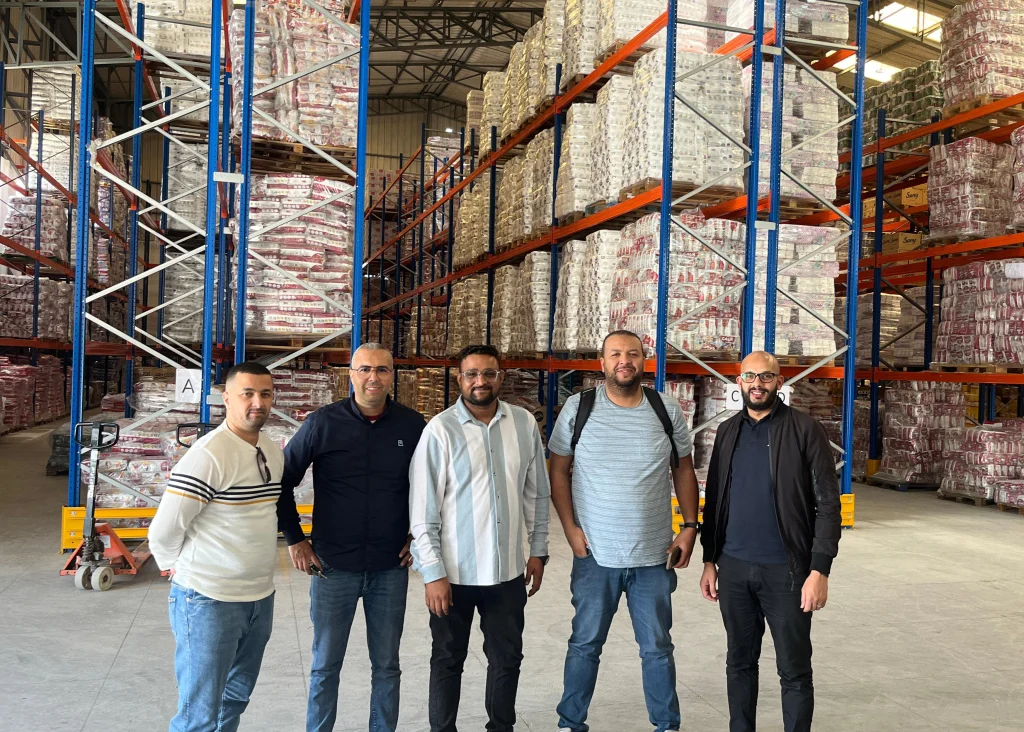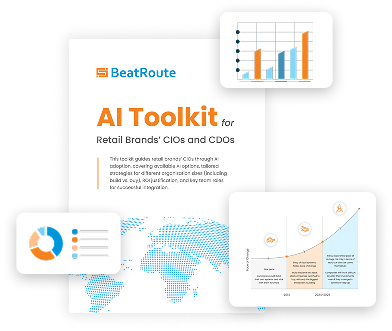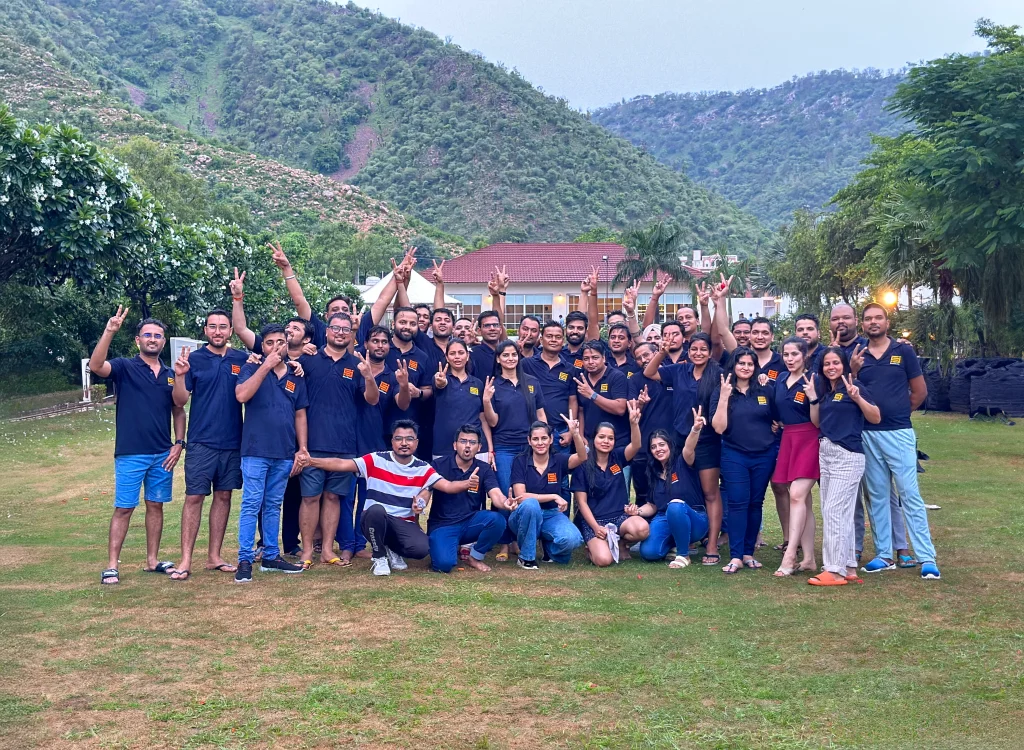How can FMCG Company Chase Growth in Rural Markets of India?
Rural markets of India has a huge potential for Fast Moving Consumer Goods companies and brands. FMCG in Rural India is characterized by certain parameters like, low population numbers, poor infrastructure, low median income, and more. Yet, these rural areas are within the sphere of influence of neighboring cities and other urban markets. This influence determines their aspiration levels and their viability as markets for many FMCG companies.
At present, urban markets of India account for 66% of total FMCG consumption, with rural India accounting for the remaining 34%. However, with government initiatives, rural India accounts for more than 40% of consumption in major FMCG categories. And trend of buying is shifting consistently in rural and urban areas.
Did you know the potential of Rural Market is reaching US$100 billion?

The FMCG sector in India is the fourth largest sector in the economy, with a market size of over $37 billion in 2018. Also, a recent study by the Rural Marketing Association of India (RMAI) confirms that rural income levels are on the rise, driven largely by continuous growth in agriculture for four continuous years.
Adding to this, a global Market research firm called Nielsen has projected Indian FMCG sector might reach a size of US$ 100 billion by 2025. This is a hopeful scenario for Consumer goods enterprises in India to invest in expanding the territory to the rural. That’s because rural India has been growing 3-5% faster than urban, it contributes to 37% of overall FMCG spending.
However, the semi urban India is in the process of shifting. And there are certain challenges that make it difficult for FMCG companies to cut through rural consumers.
What are the challenges for FMCG in Rural India?
FMCG in rural India face various challenges in expanding through rural markets, viz., their small size, remoteness, the geographically scattered nature of rural markets, poor internet connectivity, and tremendous heterogeneity.
While expanding the territory, one needs to know whether investing in the area would bring better results or not. Intelligent decisions on the products to be dispatched for rural markets would be different from urban ones. Even the packaging size and quantity might be different. And most importantly poor internet connectivity and power issues are obstacles in order taking, invoicing, and payment methods. Let’s see how you can tackle all these issues.
How Can you Expand your Territory Beyond Urban Markets with Beatroute?

BeatRoute has unique solution for the challenges FMCG brands face while entering rural territory for sales.
1. Testing the Viability of your Hubs for Coverage
For testing the viability of any new territory to venture, we require to run our Route Optimization algorithm. It require us to do basic geo-profiling of the available outlets in currently serviced towns and villages by each hub. Hence, quickly conclude the cost of running direct coverage operations with your distributor. It helps in prioritizing territories for the first wave of expansion. Further aims to achieve the objective of maximizing sales in each of those sorted territories.
2. Intelligent Placement of Products
In rural markets, not every outlet will be suitable for placement of all products or any products at all. In such situations, it is quite difficult to ensure the hygiene of product placement in rural stores. BeatRoute chalks out a few basic attributes through text or visual profiling and putting it through an approval process. Therefore, this ensures hygiene in expansion and ensures a higher percentage of successful outlets than dormant ones.
3. Sub-distributor Friendly Technology for FMCG in rural India
It is absolutely crucial to understand the persona of sub-distributors and accordingly expect the adoption of technology. Sub-distributors prefer to invoice in their own accounting system. But the best way to get visibility of secondary invoicing is to simply pick up data from their accounting system rather than expecting them to adopt any DMS. The farthest one can go is to offer them a smartphone-friendly App to conduct their business digitally. Moreover, they can also communicate with the brand and their customers on channels like WhatsApp.
4. Light App Experience for Sub-distributor Sales Reps
A simple app with minimalistic features is designed to work robustly in a poor internet environment. Isn’t this what the sales reps of sub-distributors require! Quick order taking, invoicing, and payment collection is all they need. While more advanced features could be there but one can start with the simplest use of technology.
Conclusion
High potential of rural Indian market can be untapped by your FMCG brand if you stay ahead in technologies. In this blog, we shared the size of rural market where you can increase the sales of your products. However, if you are strategizing sales penetration to rural markets, then this is the time for your business. You need next-gen tools for your unfailing expansion. If this is one of the business goals for your company this year, feel free to reach us and get free demo.
About the Author
-
Nikhil is a marketing professional with a passion for enterprise SaaS and the role that technology can play in helping businesses succeed. He is passionate about enabling digital transformation for retail brands, and explores how brands can enhance their sales execution and distributor engagement with the help of technology.
Use Goal-Driven AI to Achieve Retail Sales Uplift, Today!
Join enterprises in 20+ countries that trust BeatRoute, the globally dominant AI platform for sales force automation, field sales, DMS, and eB2B
Latest Insights & Articles
Here are the most impactful articles, platform updates, ebooks and reports for you.


